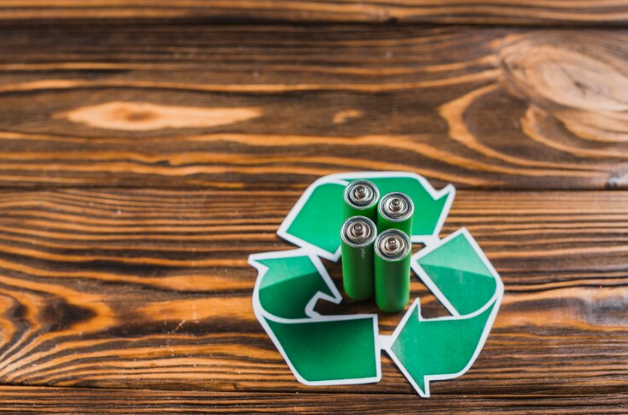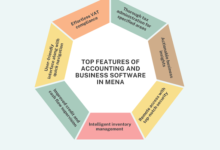Smart and Sustainable: Making the Most of Metal Recycling

Key Takeaways
- Learn how metal recycling benefits the environment and economy.
- Recognize the distinctions between ferrous metals and non-ferrous ones.
- Explore practical tips for properly recycling metals.
- Discover the latest trends and advancements in metal recycling technology.
- Find out how you can contribute to sustainable practices through metal recycling.
Introduction to Metal Recycling
Metal recycling is crucial in reducing waste, conserving natural resources, and lowering energy consumption. By reprocessing metals, we can limit the need for new mining, which helps preserve ecosystems and decreases pollution. Additionally, metal recycling supports the economy by providing raw materials for industries at a lower cost than extracting new ones. Among the types of metals recycled, ferrous metal recycling stands out for its widespread use in construction and manufacturing, further emphasizing the value of this sustainable practice.
Ferrous vs. Non-Ferrous Metals: What’s the Difference?
Efficient recycling requires a deep understanding of ferrous and non-ferrous metals. Ferrous metals, which include iron and steel, are magnetic and prone to rust due to their high iron content. These metals are ubiquitous in construction, automotive, and industrial applications. On the other hand, non-ferrous metals like aluminum, copper, and brass are non-magnetic and more corrosion-resistant, making them ideal for electrical wiring, plumbing, and outdoor structures.
- Ferrous Metals: Cast iron, steel, and wrought iron are common examples. These metals are often recycled through shredders and magnetic separators, which efficiently separate them from other waste materials.
- Non-Ferrous Metals: These include aluminum, copper, lead, zinc, and tin. They are typically sorted using eddy current separators and other non-magnetic methods.
The EPA’s Recycling Basics offers valuable insights for further details. Knowing which type of metal you’re dealing with is essential, as this determines how it should be recycled and what methods can be used.
The Economic and Environmental Advantages of Recycling Metal
Recycling metals has both environmental and economic benefits. It drastically reduces landfill usage, preserving land for more sustainable purposes. By recycling metals, we also save natural resources that would otherwise be used in mining activities. This, in turn, minimizes landscape disruption and conserves biodiversity in mining areas. Furthermore, metal recycling reduces pollution since extracting and processing raw materials creates more waste and air pollutants.
Economically speaking, recycling metal saves money by eliminating the need to extract raw materials and creates jobs. The recycling industry significantly contributes to the global economy, employing collection, sorting, and reprocessing. Studies have shown that recycling metals can save up to 95% of the energy required for producing new metals from raw materials. Energy savings translate to lower production costs, benefiting manufacturers and consumers.
How to Properly Recycle Metals
- Sort Your Metals: Separate ferrous and non-ferrous metals to ensure proper recycling. Sorting can usually be done with a magnet; ferrous metals will stick to the magnet, while non-ferrous metals will not.
- Clean the Metals: Remove any contaminants such as oils or food residue. Clean metals are more valuable and more accessible to process at recycling facilities. Contaminants can interfere with the recycling process, leading to lower-quality materials.
- Use Local Recycling Centers: Identify nearby facilities that accept different types of metals. Most communities provide lists of materials accepted by local recycling programs. Visiting your local recycling center’s website can offer additional guidance and resources.
- Follow Guidelines: Adhere to specific guidelines provided by recycling centers to avoid contamination. This may include not mixing different types of metals or ensuring that non-metallic components are removed.
Current Trends and Innovations in Metal Recycling
The metal recycling industry constantly evolves with technological advancements, making processes more efficient and environmentally friendly. Innovations such as automated sorting utilize sophisticated sensors and AI to distinguish between different types of metals in a mixed stream, drastically improving sorting accuracy and speed. Blockchain technology is being explored to track materials through recycling, ensuring transparency and boosting consumer confidence in recycled products.
Improved smelting techniques have also surfaced, allowing for the recycling of lower-grade scrap metals that were previously difficult to process. These technologies boost recycling rates and enhance material quality, offering a more sustainable way to meet the growing demand for metal products.
How You Can Make a Difference
Individual actions play a crucial role in the success of metal recycling. Start by educating yourself and those around you about the importance and benefits of recycling. Support local recycling initiatives and always make a conscious effort to recycle metals appropriately. Participating in community recycling programs and following proper sorting guidelines can help reduce contamination and increase recycling efficiency.
Little steps can lead to significant environmental benefits. For instance, selecting products manufactured from recycled metals can help the recycling sector and lessen the need for virgin materials. Every tiny deed adds a more significant effect, encouraging a more sustainable future.
Keep an eye for more news & updates on TechProMagazine!





